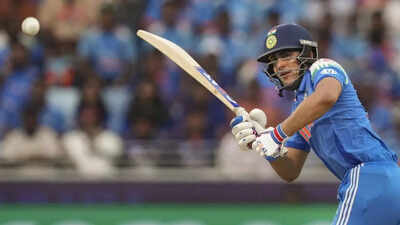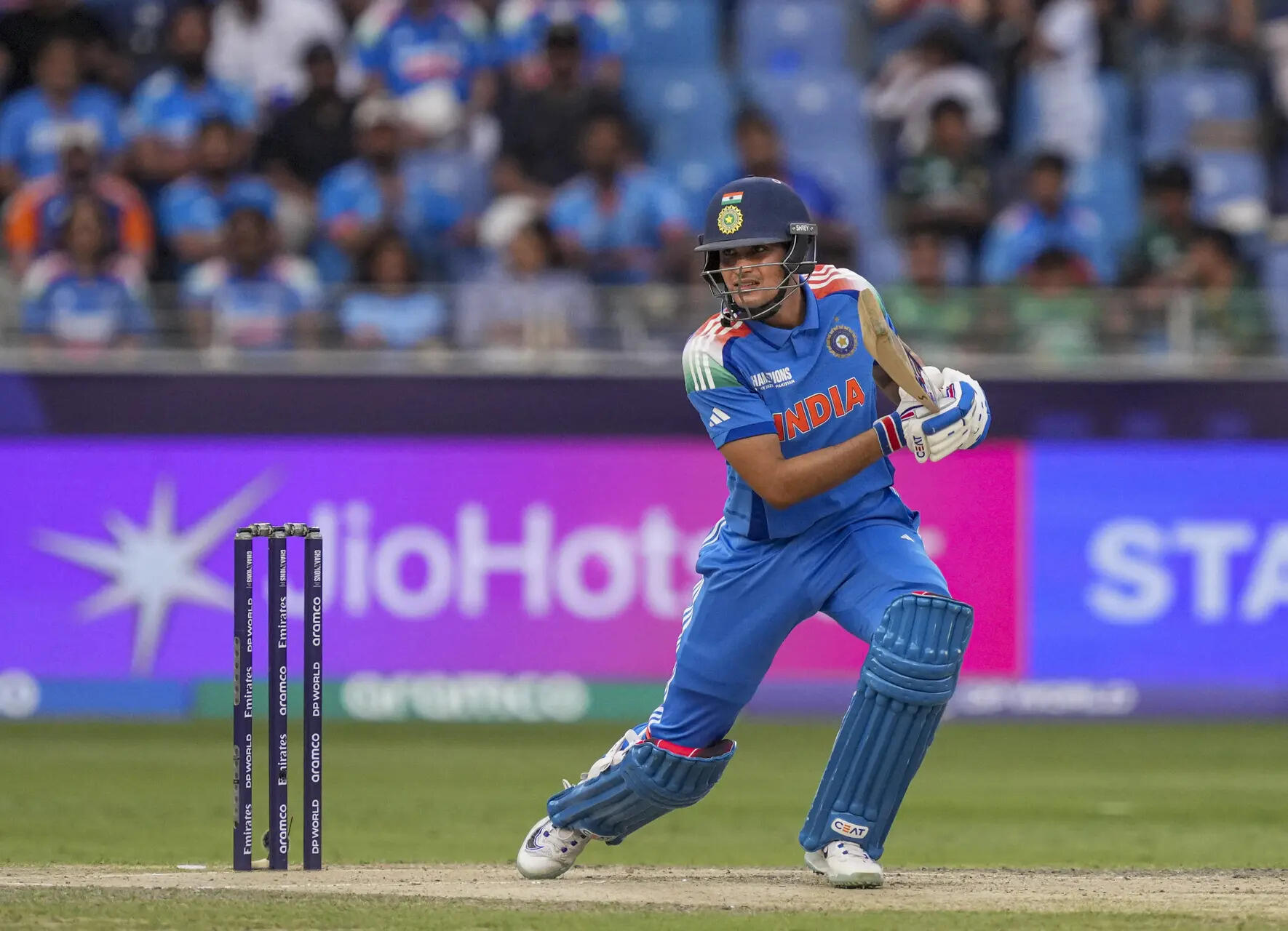Asia Cup: Does Shubman Gill warrant a spot in India’s T20 setup? | Cricket News

NEW DELHI: Before Shubman Gill took flight to England for the recently concluded Anderson-Tendulkar Trophy, there were some doubts, rather apprehensions: whether Gill would be successful as a Test batter in English conditions or if he would prove to be a good captain.Gill answered them – perfectly. He scored 754 runs in five Tests, putting on an exhibition while also proving that he is more than capable of leading the team — his composure during The Oval Test serves as a fitting example.With the Asia Cup and T20 World Cup the next big events, both to be played in the shortest format of the sport, there have been talks about not only bringing Gill back in the T20 side but also giving him the role of vice captain, as a precursor to succeed Suryakumar Yadav at some point.
Go Beyond The Boundary with our YouTube channel. SUBSCRIBE NOW!It is argued, in favour of Gill, that the Board of Control for Cricket in India (BCCI) has always had a tradition of all-format captains and not the split captaincy, as is the case now.Also related is the rationale of brand value and commerce. After the retirement of Virat Kohli and Rohit Sharma, two superstars of Indian cricket over the last decade and a half, there is an urge to build the next-gen “brand” of Indian Cricket. That Gill has become a major brand and favourite for broadcasters is a fact that not many would deny.While there is no question of Gill’s place in One Day Internationals (ODIs), and he could even be the heir to Rohit as the leader of the side; to bring him into the T20 side, currently, however, would appear to be a forced decision rather than a natural one.
Gill can bat, but can he go bang-bang?
By any measure, Shubman Gill is a decent T20 player. In 21 T20Is, Gill has scored 578 runs at an average of 30.42. He has also scored them at a strike rate of 139.27.While Gill is a generational batter with a sound technique, he is not a “hitter”. A batter is someone who tries to score runs with less risk and build their innings. While the hitter is someone who tries to score as many runs on every ball as possible, playing high-risk shots.In T20s, where the value of runs scored quickly is more valuable than preserving wickets, teams across the world have been prioritising “hitters” over “batters”.

India’s Shubman Gill (PTI Photo/Kamal Kishore)
The Indian team took a long time to adopt this approach, but after the 2024 T20 World Cup, they are the ones spearheading it. The role of anchors – a category appropriate for Gill – has become redundant in modern T20s.In 2021 the percentage of balls attacked by Indian batters was 28.82 per innings, it almost doubled and went up to 43.84 per innings in 2024. Moreover, the number of attacking runs per innings also increased to 138.85 in 2024 from 98.64 in 2021.
Gill is in the slow lane
Gill’s scoring rate of 139.27 is by no means bad. However, the current Indian top-order scores sit at a much higher strike rate.Playing what coach Gautam Gambhir described as “high-risk, high-reward cricket”, Abhishek Sharma scores at an unreal strike rate of 193.84, his partner-in-crime Sanju Samson strikes at 152.38. While the new number three Tilak Varma scores at 155.07, Surya thrashes opposition bowling at 167.07.After the 2024 T20 World Cup, India’s top three batters have scored at a combined strike rate of 173.1. If Gill’s seven innings at 129.2 are removed from that period, the figure rises to 181.3.

Shubman Gill (PTI Photo/Kamal Kishore)
Moreover, in the eight innings where he faced 15 or more balls in all T20Is, only thrice has Shubman Gill scored the runs at or over the strike rate of 160. In comparison, Abhishek Sharma has faced more than 15 balls in six innings so far and in five of them, he has struck at 200 or above.While Tilak Varma scored at over 160 strike rate in six out of 15 innings in which he faced 15 or more balls, Suryakumar Yadav hit the ball at over 160 strike rate in 24 out of 40 such innings. Only Sanju Samson falls behind a bit in this context, but even he has scored at an above 160 strike rate in three out of five occasions where he faced 15 or more balls since the start of 2024.
If it ain’t broke, don’t Gill it
The current Indian T20 side is well settled and is reaping results, having won 14 of the 17 matches after the 2024 World Cup. Much of that success comes from an all-out attacking approach by the top-order that matches the demands of modern T20 cricket. Gill’s style of play does not match this template.Since the 2024 World Cup, the new group of hitters and the team management have taken the attacking game to another level. In this short period, India have scored three of their fastest T20I hundreds.If the team management wants a backup opener for Abhishek and Sanju, the right option could be Yashasvi Jaiswal, who has scored at 170.00 in the six matches he has played after the 2024 World Cup.ALSO READ: Devil lies in action: What makes Jasprit Bumrah injury-prone – why his workload management is crucialIndian cricket took far too long to realise that T20 is a game of “hitters”. It took too long to realise and implement the theory that in T20 games, a specialist T20 batter is far better than an all-format batter who plays an anchor role.That change has finally created a team that can truly represent a country with the world’s most competitive T20 league. Forcing Gill into the T20 side at this moment would be less about cricketing needs and more about fitting a “star” into a system that is already firing without him.







